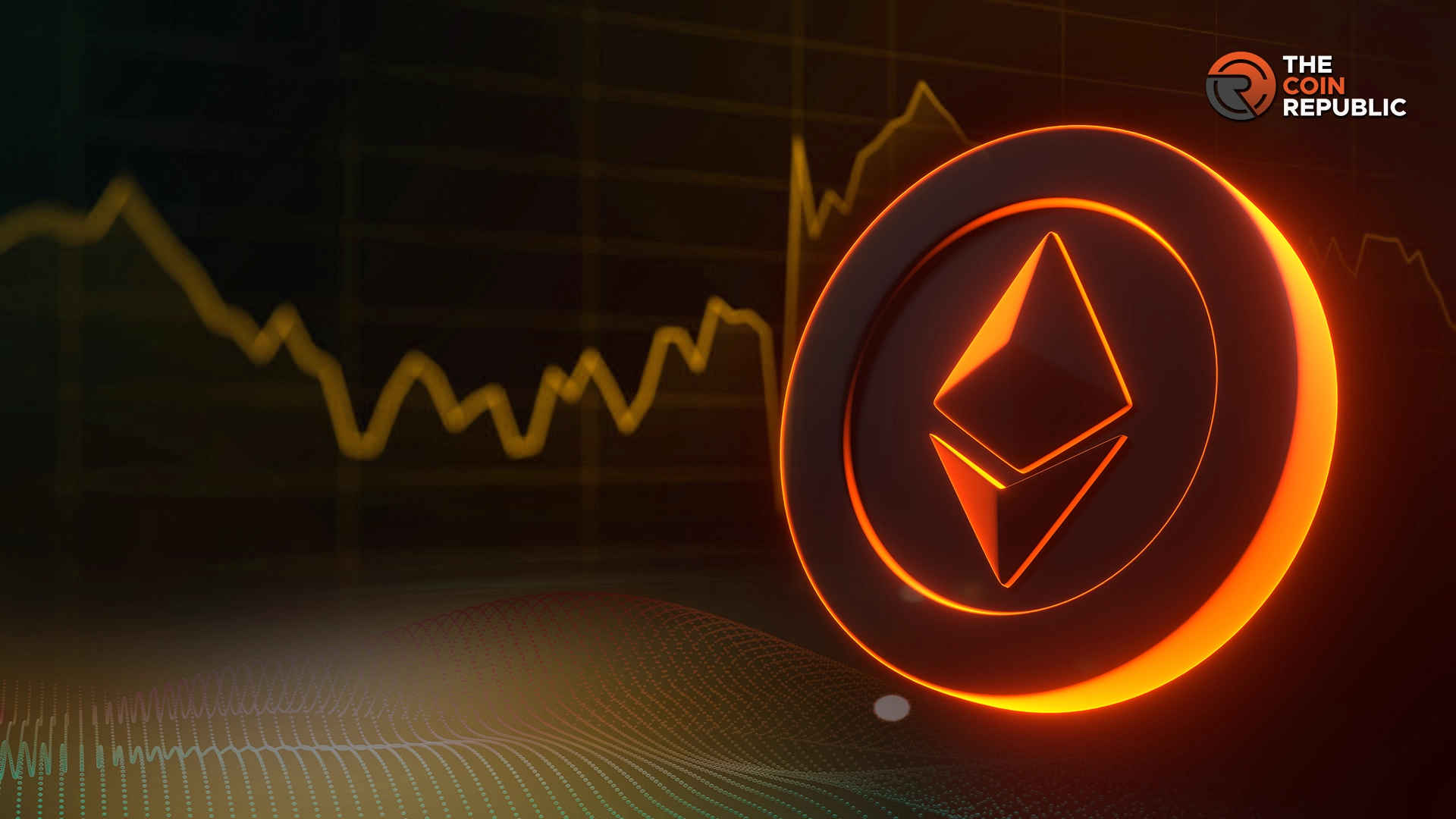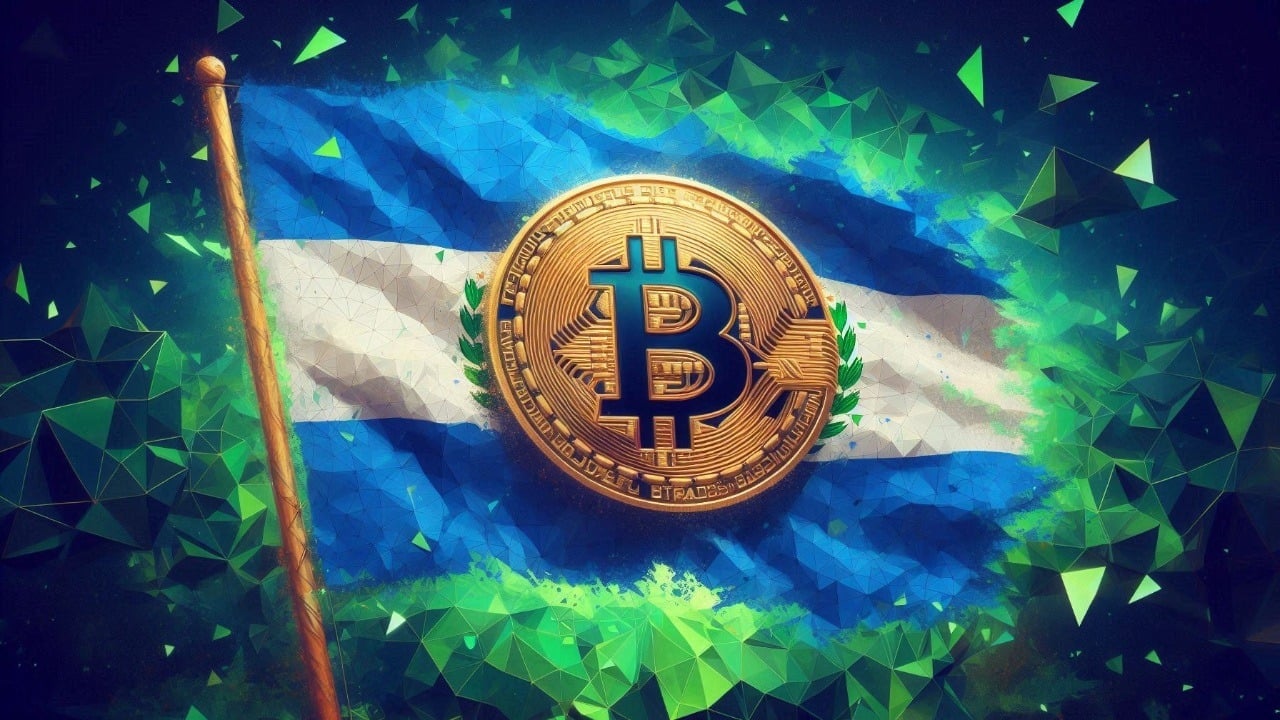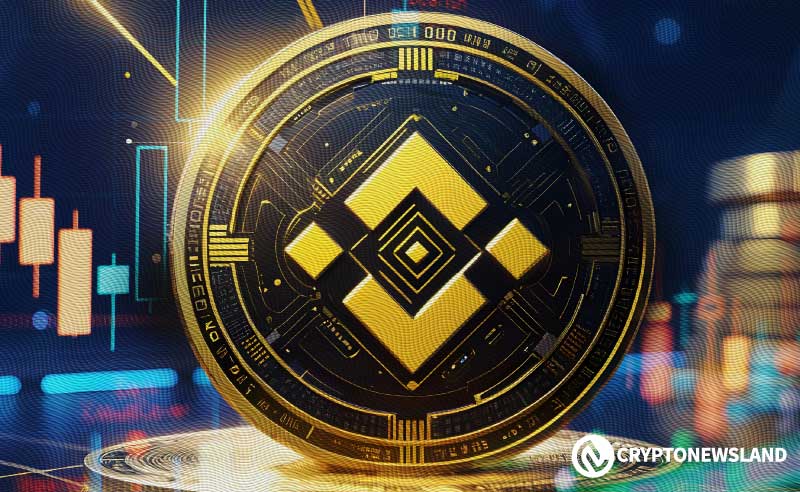Vitalik Buterin, co-founder of Ethereum (ETH), recently shared some insights on “The Purge,” one of the project’s enhancement plans. He highlighted how it would solve the challenges of complexity and bloat on the network.
This marks the fifth part of the “Possible futures of the Ethereum protocol” series, which he began a few weeks ago. In previous series, Buterin shared updates on The Merge, The Scourge, The Surge, and more recently, The Verge.
The Purge Tackles Data Storage
The Ethereum co-founder is confident that The Purge can prevent the mainnet’s complexity from negating the improvements implemented over time. At first, the blockchain genius outlined historical data and protocol features as two approaches to get Ethereum data storage congested.
– Advertisement –
For historical data, any transaction made and any account created at any point in history are stored by all clients forever. Full synchronization with the network becomes achievable when new clients download these stored details.
Once this sync is achieved, client load and sync time are pushed to a higher level. This has an untold impact on the future of the chain.
On the other hand, protocol features, which involve removing old data, are complex and could cause code complexity to grow over time. To solve this, Buterin said protocol continuity is vital. He opined that the team can achieve these by removing the complexities linked to data storage.
Like for every other enhancement he wrote about, the Ethereum innovator proposed. He identified introducing an existing torrent library as one of two solutions to work on.
Buterin also named an Ethereum-native solution called The Portal Network as a solution to solve the challenges above. According to him, implementing either of these two solutions can easily cause Ethereum to turn on EIP-4444.
Other Enhancements For The Ethereum Network
A few days ago, Buterin wrote about the Verge, citing its potential improvement to Ethereum’s Proof of Stake (PoS) system. Ethereum switched to the PoS consensus algorithm after The Merge in September 2022.
Notably, the Verge enhancement focuses on making Ethereum node verification more accessible and fast for users. Buterin plans to expand participation in the network to address the data storage challenge.
The Verge upgrade’s intent is to deploy more efficient cryptographic instruments such as Verkle trees and SNARKs. In the long run, these techniques will help Ethereum nodes verify transactions without storing the entire blockchain, reducing the load on each device.
In the case of The Merge, Buterin pointed to single-slot finality and staking democratization. These two proposed solutions will maximize the number of validators participating in staking, which ultimately implies minimizing the ETH quantity required for staking.
This would also minimize the time to finality and the overhead of running a node.
Will Ethereum Beat its Competitors Soon?
With the upcoming enhancements and upgrades, Ethereum has garnered much attention. Several market observers expect that the blockchain will outperform its counterparts. For now, Ethereum is facing tough competition with Solana regarding throughput and transaction speed.
About a week ago, Anatoly Yakovenko, the founder of Solana (SOL), shared new insights about its features distinguishing it from Ethereum. These include Solana’s capacity to handle network congestion.
Still, Ethereum is known for its smart contract versatility. In the long term, the upgrades from Vitalik Buterin’s proposal can change the game.









